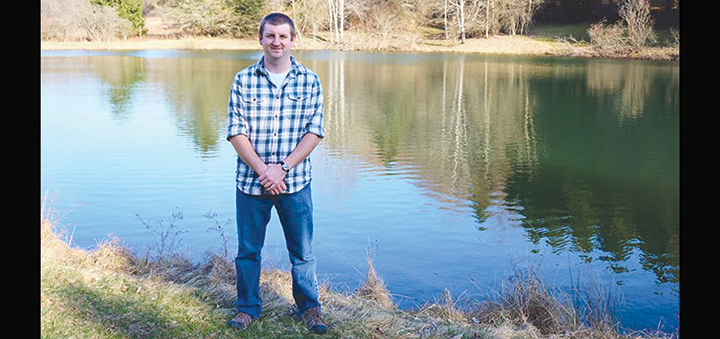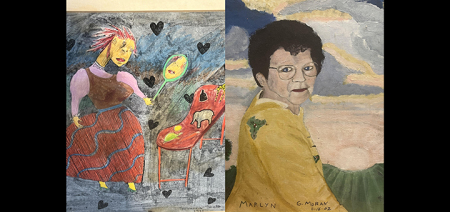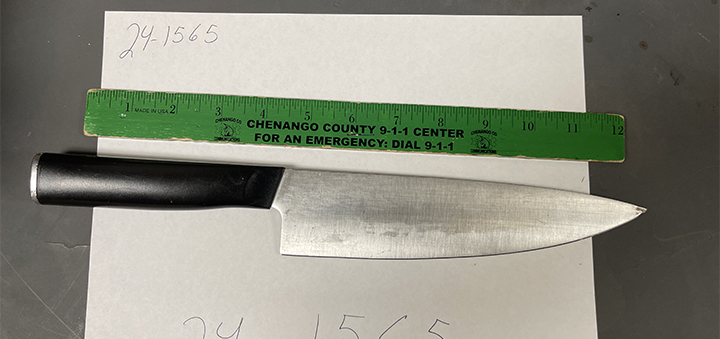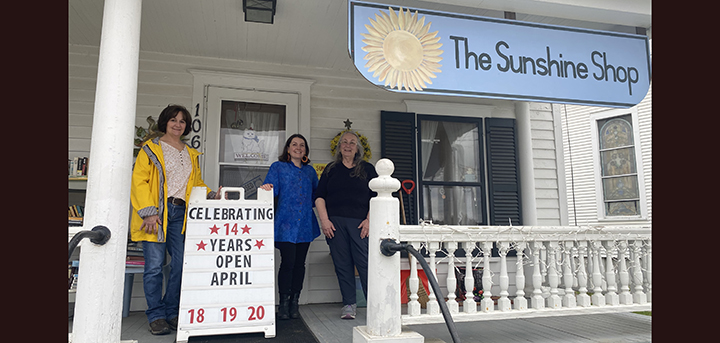Mountain Stream Cutthroats
Published:
July 17th, 2019
 Submitted Photo
Submitted Photo
Eric Davis
Sun Outdoor Columnist
In May of 2011 I found myself on a phone interview with researchers from Oregon State University for an opening they had after a technician left only a month into their field season.
I didn’t have the field experience that they were looking for but I had a skill set that they thought might be useful. The previous summer I had gotten my Nuisance Wildlife Control Officer license and had trapped problem wildlife in addition to trapping recreationally.
One of the largest colonies of Caspian terns (they are fish-eating waterbirds related to gulls) kept having a predator attack leading to eggs being eaten or broken. The researchers thought my skills could help them determine the problem and try to eliminate it so their study of the birds wasn’t compromised. Less than a week later, I got off an airplane in Eugene and was driven to Corvallis. The next morning, I went to campus, filled out my paperwork, and was driven a few hours southeast into the mountains. We met my crew leader at a general store, transferred my bags to his truck, and he drove me the rest of the way to Summer Lake.
Over the next few months, I worked at three different field sites with nesting colonies of terns in Oregon and California. The study had several depredation permits for their experimental islands, where they built an island of the right stone size to encourage terns to nest. Gulls nested on the perimeter of the islands and were nest raiders. The permits allowed for a certain number of gulls to be shot if they ate the eggs of chicks at a tern nest. This was to “teach” the other gulls that nest raiding was a deadly activity so that they wouldn’t mimic it. Whenever there was a problem gull, I was the firearm handler due to my hunting background. In addition to hanging out on the nesting colonies watching what fish the terns carried back to eat, we drove around to other lakes to see if there were other small colonies of waterbirds.
In August, they study would hold a get together for all the technicians who worked on the study that summer (there were about 40 technicians).
Our get together was held at a state park in the Cascade Mountains. When we found out where the party was going to be held, I started to research some activities. I noticed on the park website that fishing was listed and the map showed a few spots with the fish icon on it. I got slightly disappointed because I didn’t have a fishing rod since I had flown out on short notice. However, I noticed that one of my crewmates had a fishing rod in the back of her SUV she had driven from Nebraska. I asked her if she would let me use it during the technician party and she said I could. The day before the party I stopped at the gas station in Summer Lake and purchased a 3-day nonresident fishing license.
When we got to the park of Friday it was already in the afternoon so we hung out at the pavilion and interacted with the other technicians from the study. Since I was the only person hired after the beginning of the field season, I didn’t know anybody other than the people on my crew and the crew I helped in California for a couple weeks. Saturday came around and in the afternoon people started talking about going for a hike to a swimming area.
I decided to back out of that and to go fishing. I found one of the access points that was on the map and flung a Panther Martin spinner across this little mountain stream. The first cast it bounced off a log on the way back so I gave it another cast close to where the first had landed. About two rotations of the reel handle and the rod tip took off. I set the hook and reeled in a small fish. Once I got the fish out of the water where I could really see it, I was in awe of its beauty. It was a gorgeous cutthroat trout that was maybe 10 inches long, with coloration like a rainbow trout but with the distinct red coloring on the bottom of its jaw. I took a quick picture of it and released it back into the stream. I worked my way down the streambank for a few hundred yards catching two more trout before calling it good and heading back to the pavilion. I shared my story of success with the technicians who asked how the fishing was.
On the way back to Summer Lake on Sunday, I reminisced of fishing tiny feeder streams in the Finger Lakes with my friends in high school to catch brook trout. It was almost identical to how the fishing was at the state park in Oregon. It just goes to show that a style of fishing or technique can be used in multiple places and be successful.
Comments






